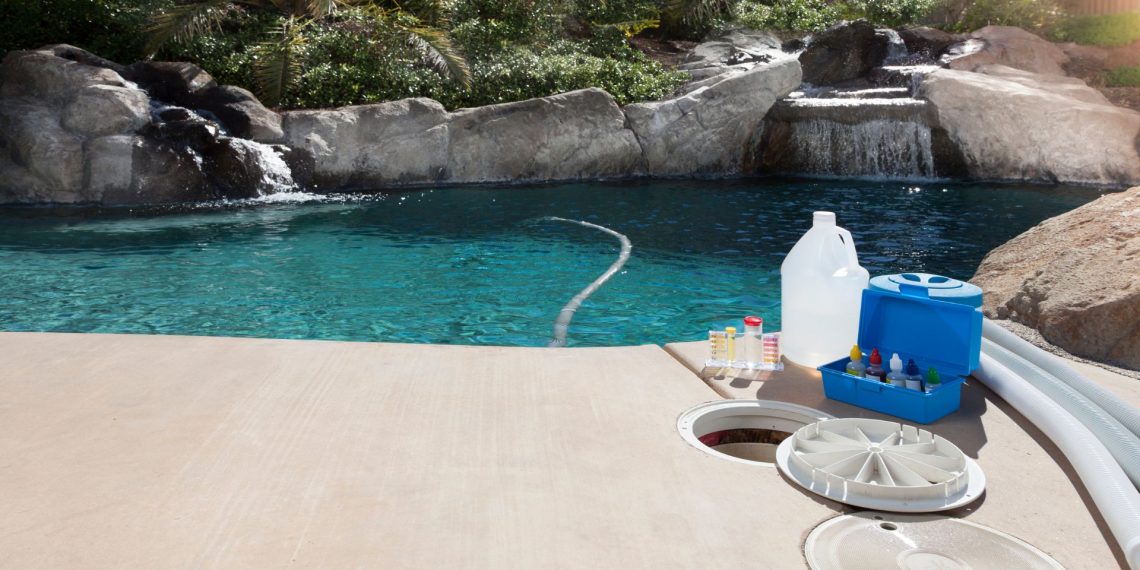Having a pool at home can be such a great way to beat the heat. However, it is important to ensure that your pool is cleaned and maintained at all times. One of the most important aspects of keeping your pool clean and running smoothly is maintaining the proper levels of chlorine in your pool water. Let’s go over what you need to know about proper chlorine levels for your pool maintenance routine.
What are Proper Chlorine Levels?
Chlorine keeps your pool clean by killing germs, bacteria, and other contaminants that can make swimming in a pool unsafe. The ideal range for chlorine levels in pools is between 1-3 parts per million (ppm). This means that for every 1 gallon of water in the pool, there should be between 1-3 milligrams of chlorine present.
It’s important to test the chlorine levels regularly—at least once or twice a week—to make sure they are within this range. If they fall below 0.5 ppm, it’s time to add more chlorine!
How to Add Chlorine
When it’s time to add more chlorine, there are two main ways you can do so: with a granular formula or with a liquid formula. Granular formulas are easy to use; simply pour them into the skimmer as directed on the packaging and let them dissolve into the water.
Liquid formulas require a bit more work; you’ll need to mix them with warm water first before adding them into the skimmer basket or directly into the pool itself via an injector system. Keep in mind that if you have an above ground pool, liquid formulas may not be compatible with its filtration system so check before using one!
Pool Maintenance Tips
In addition to maintaining proper chlorine levels in your pool, there are several other maintenance tips you should keep in mind when trying to keep your pool clean and running smoothly:
- Clean out any debris from the surface of the water on a regular basis – leaves and bugs can quickly accumulate if left unchecked!
- Check pH levels regularly – ideally pH levels should stay between 7 -7 .2 ppm; anything lower could potentially damage your filter system while anything higher could cause skin irritation or damage swimsuits due to increased acidity!
- Brush down walls and steps on weekly basis – algae growth can occur quickly if not kept in check; brushing them down regularly helps prevent this problem from occurring!
- Hire professional Las Vegas Pool Maintenance services to maintain your pool thoroughly.
Conclusion
Properly maintaining your home swimming pool requires regular monitoring of both its pH level and its chlorine level. Maintaining optimal chlorination helps fight off bacteria while also providing swimmers with safe waters they can enjoy without worry or concern.
When adding chlorine, remember that granular formulas often dissolve faster than liquids but may not be suitable for above ground pools. With consistent cleaning efforts combined with diligent testing of chlorination levels, homeowners can easily maintain their own backyard paradise all season long!


